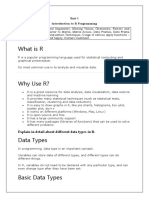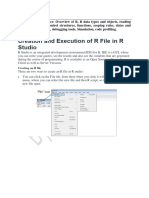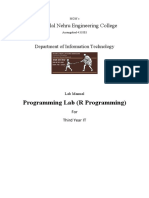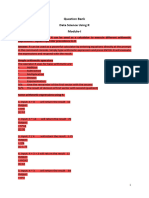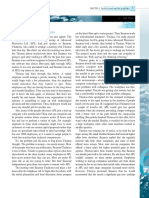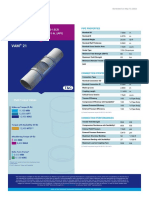0% found this document useful (0 votes)
13 views8 pagesComplex Data Type in R
The document explains various data types in R, including complex, character, and raw data types, along with examples of how to use them. It also covers how to determine the data type of an object, verify data types, and convert between data types. Additionally, it outlines different types of operators available in R, such as arithmetic and relational operators, with examples of their usage.
Uploaded by
jecira9799Copyright
© © All Rights Reserved
We take content rights seriously. If you suspect this is your content, claim it here.
Available Formats
Download as DOCX, PDF, TXT or read online on Scribd
0% found this document useful (0 votes)
13 views8 pagesComplex Data Type in R
The document explains various data types in R, including complex, character, and raw data types, along with examples of how to use them. It also covers how to determine the data type of an object, verify data types, and convert between data types. Additionally, it outlines different types of operators available in R, such as arithmetic and relational operators, with examples of their usage.
Uploaded by
jecira9799Copyright
© © All Rights Reserved
We take content rights seriously. If you suspect this is your content, claim it here.
Available Formats
Download as DOCX, PDF, TXT or read online on Scribd
/ 8
